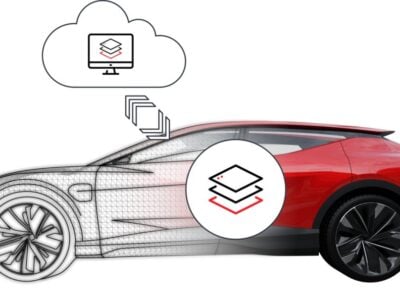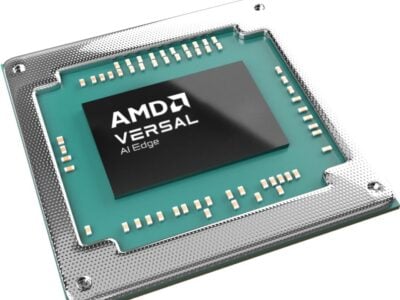
Hyundai to add transparent solar roof to its cars
The panels, added to the roof or bonnet of cars, will have the capability to charge the batteries of electric and hybrid vehicles, as well as those of internal combustion engine (ICE) vehicles, helping to improve fuel efficiency.
Hyundai is developing three types of solar roof charging systems: The first-generation system is for hybrid vehicles, while the second-generation technology brings a semi-transparent solar roof system to ICE vehicles. The third generation of the technology will see the introduction of a lightweight solar roof for battery electric vehicles.
The first-generation system, which will be applied to hybrid models, is created out of a structure of silicon solar panels that are integrated into a standard car roof along with the controller and battery. This system is capable of charging 30 to 60 percent of the battery over the course of a normal day, depending on weather conditions and other environmental factors.
The second-generation semi-transparent solar roof can be integrated with a panoramic sunroof, letting light through into the cabin, whilst charging the vehicle’s battery at the same time. Applying solar charging systems to ICE vehicles will help them comply with ever more stringent global environmental laws regulating CO2 emissions says the company.
The third-generation system is currently in testing. It is designed to be applied to the hood and roof of eco-friendly battery electric vehicle models in order to maximize energy output.
When a 100W solar panel is equipped, it can produce up to 100 Wh of energy (in ideal conditions: summer noon, 1000 W/m2 intensity of radiation). The controller uses Maximum Power Point Tracking (MPPT), which controls voltage and current to increase the efficiency of electricity harvested by the solar panel. This power is converted and stored in the battery, or used to decrease load on the vehicle’s AC generator, increasing vehicle range.
“In the future, we expect to see many different types of electricity-generating technologies integrated into our vehicles. The solar roof is the first of these technologies, and will mean that automobiles no longer passively consume energy, but will begin to produce it actively,” said the developer of the technology, Jeong-Gil Park, Executive Vice President of the Engineering and Design Division of Hyundai Motor Group. “It is an exciting development for us, designing a technology for vehicle owners to help them shift from being energy users to being energy producers.”
Hyundai Motor Group will launch the first generation of this technology into its vehicles after 2019.
Related stories:
 If you enjoyed this article, you will like the following ones: don't miss them by subscribing to :
eeNews on Google News
If you enjoyed this article, you will like the following ones: don't miss them by subscribing to :
eeNews on Google News



